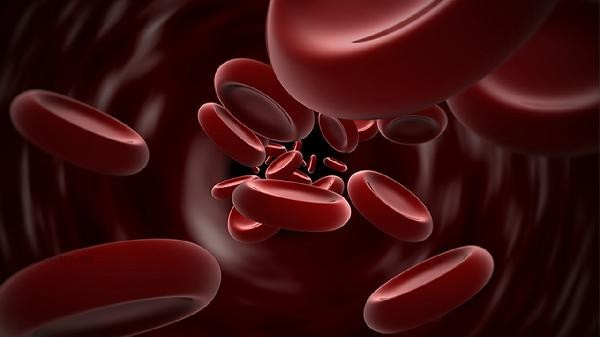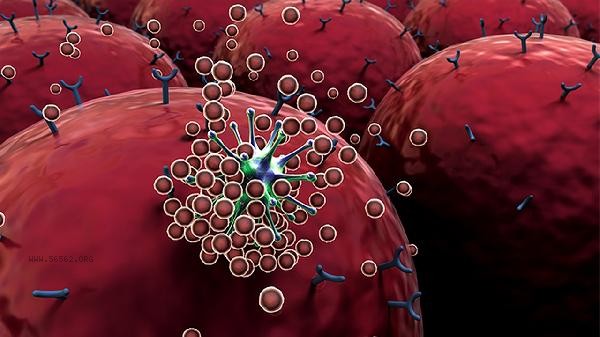The mean corpuscular volume (MCV) is mainly used to evaluate the size of red blood cells and is a key indicator for the classification and diagnosis of anemia. Abnormal MCV may indicate diseases such as iron deficiency anemia, megaloblastic anemia, and thalassemia. The test results should be comprehensively judged based on indicators such as hemoglobin and red blood cell count.

1. Anemia classification:
MCV divides anemia into three categories: small cell MCV<80fl, positive cell MCV 80-100fl, and large cell MCV>100fl. Small cell anemia is commonly associated with iron deficiency or chronic diseases, while large cell anemia is often related to vitamin B12/folate deficiency. Positive cell anemia may be caused by acute blood loss or bone marrow disease.
2. Iron deficiency screening:
MCV reduction is an early sensitive indicator of iron deficiency anemia. When iron reserves are insufficient, hemoglobin synthesis is restricted, leading to a reduction in red blood cell volume, often accompanied by an increase in red blood cell distribution width (RDW). Further testing of serum iron, ferritin, etc. is needed to confirm iron deficiency status.
3. Nutritional assessment:

Elevated MCV suggests possible deficiency of vitamin B12 or folate. These two nutrients are involved in DNA synthesis, and their deficiency can lead to impaired red blood cell maturation and increased volume. Long term vegetarians and patients with gastrointestinal absorption disorders need to be monitored closely, which may be accompanied by glossitis and neurological symptoms.
4. Genetic disease prompt:
Patients with thalassemia have significantly reduced MCV but normal iron indicators, which distinguishes them from iron deficiency anemia. Genetic testing can confirm the diagnosis, and mild patients may only show mild reduction in MCV without obvious anemia, which needs to be judged by combining family history and hemoglobin electrophoresis.
5. Comprehensive diagnosis:
MCV needs to be interpreted in conjunction with MCH mean hemoglobin level and MCHC mean hemoglobin concentration. For example, chronic anemia often presents with normal MCV but decreased MCH, while spherocytosis shows increased MCHC. Multidimensional data can improve diagnostic accuracy. Regular blood routine tests can help detect MCV abnormalities early. Daily diet should ensure intake of iron rich foods such as lean meat and animal liver. Vitamin C can promote iron absorption. Pregnant women and children in the growth and development stage are recommended to undergo MCV testing every six months. Patients who have been taking proton pump inhibitors for a long time or have undergone gastrectomy should monitor their vitamin B12 levels. When MCV deviates from the normal range, specialized examinations such as iron metabolism and folate concentration should be conducted under the guidance of a doctor to avoid self supplementation of iron or vitamins that may pose health risks.









Comments (0)
Leave a Comment
No comments yet
Be the first to share your thoughts!